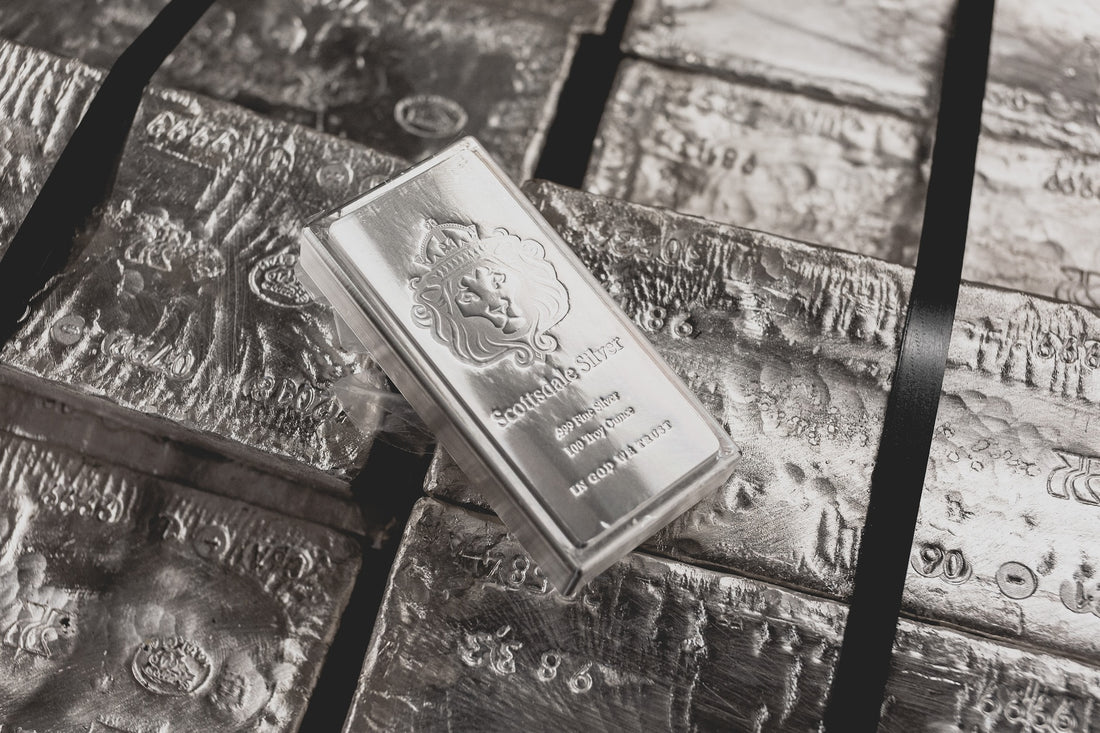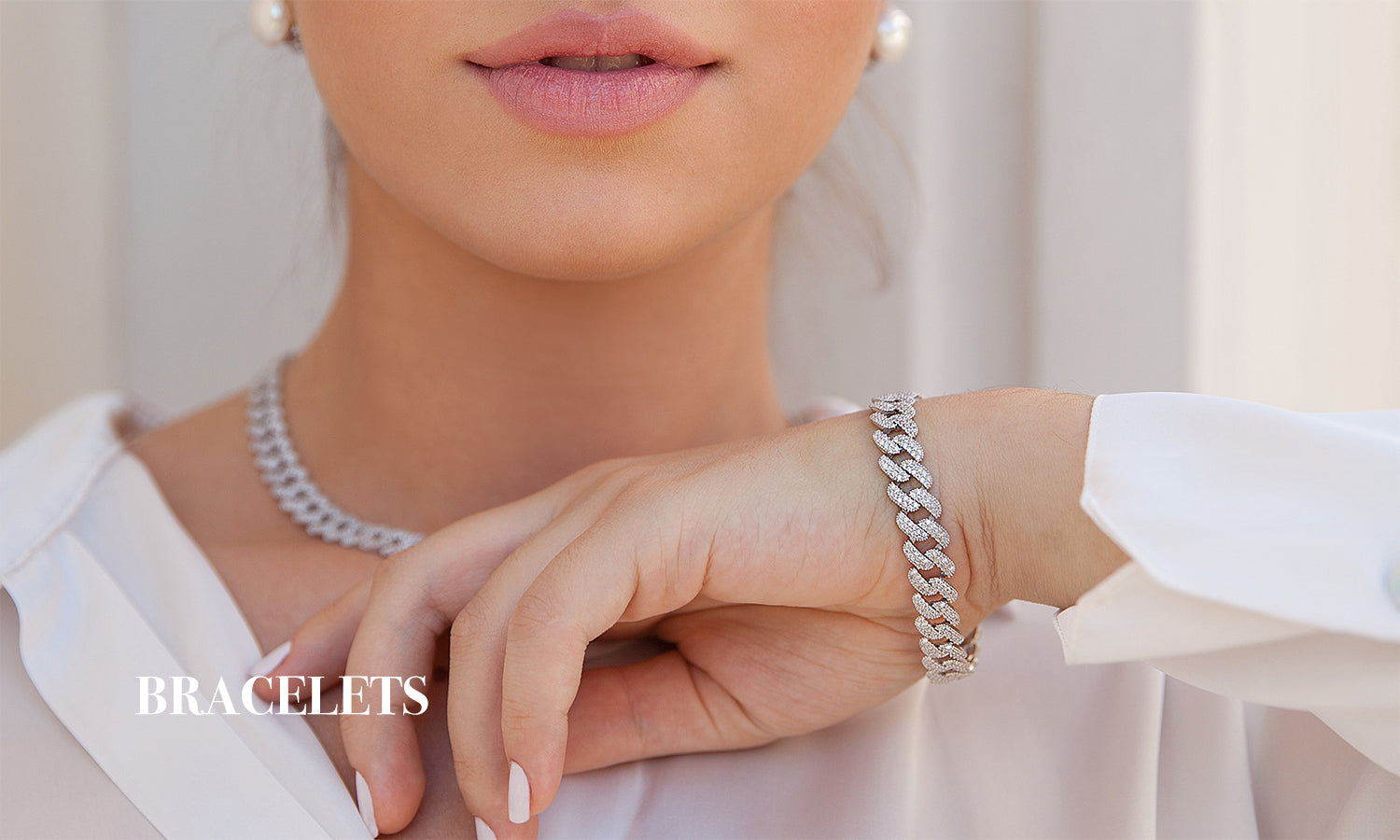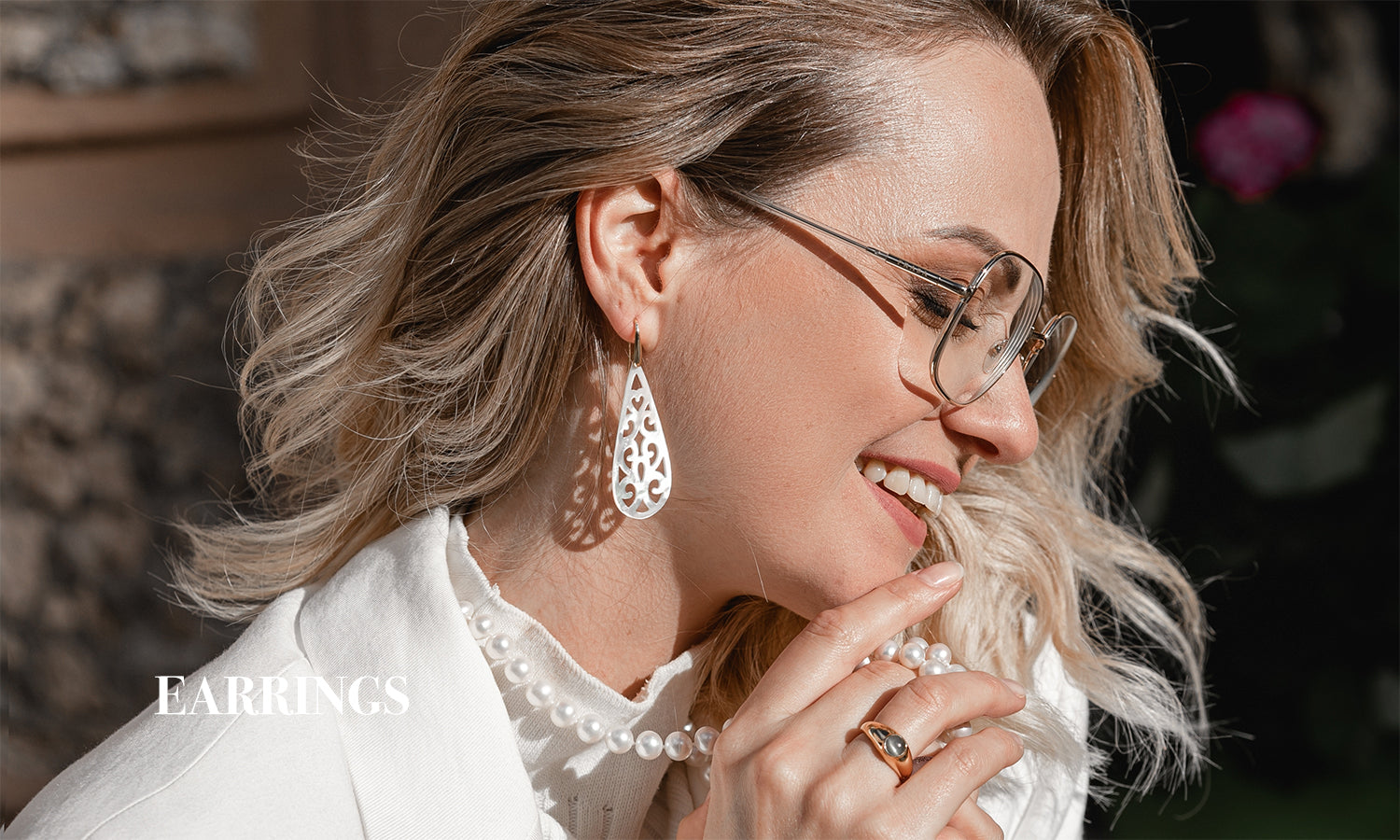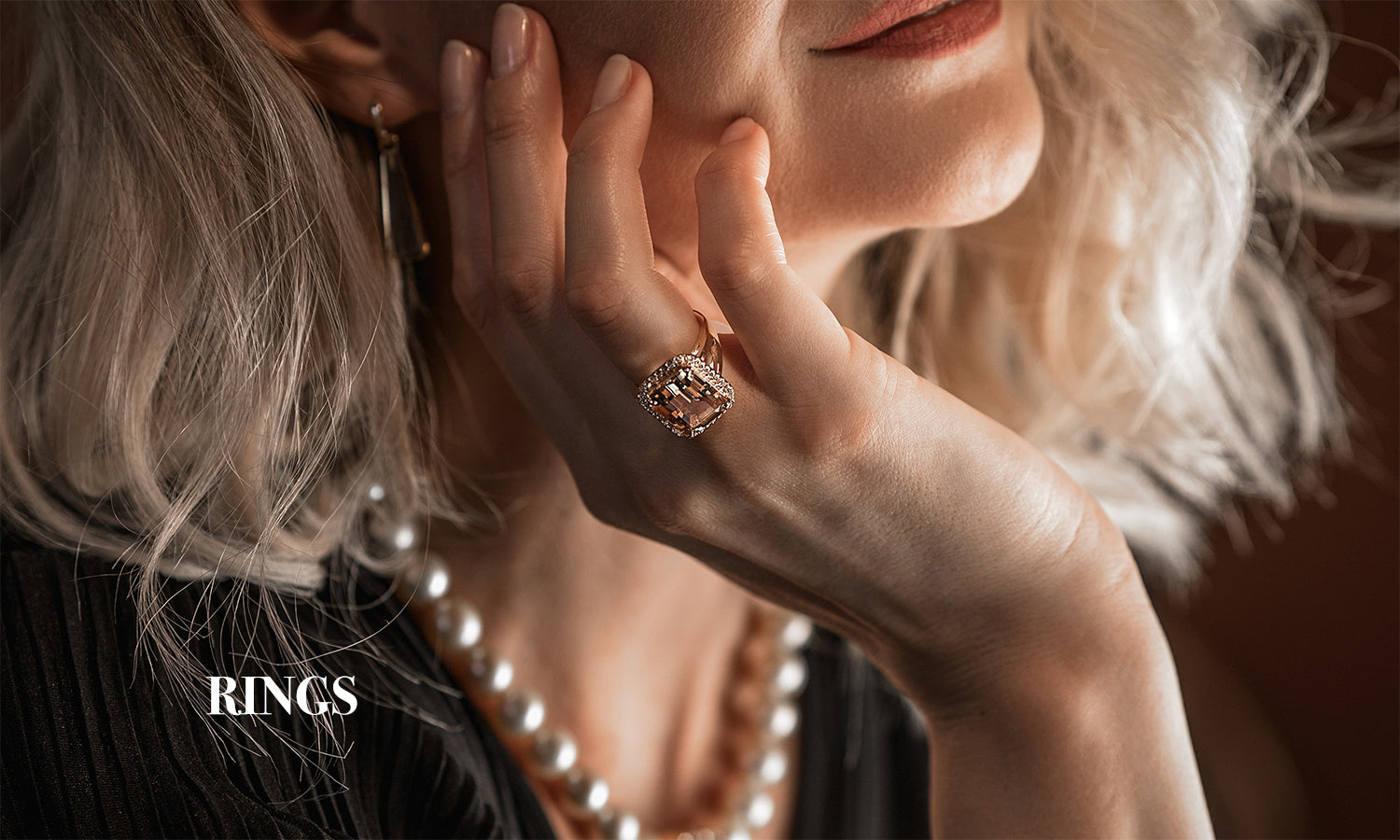Silver is a metal of natural origin, mined and used for thousands of years, very ductile and malleable, with a white metallic luster. Silver is a great conductor of electricity and heat and an ideal element for jewelry making. Depending on its intended use and the particular characteristics of its commercialization, silver can be found in different degrees of purity. In Planderful we are going to discover the properties of silver and its alloys in jewelry.

Source: https://www.indiamart.com/proddetail/sterling-silver-stylish-chain-18956109788.html
How to differentiate silver and its alloys
Silver is a noble metal par excellence, its ductility makes it an ideal metal for the jewelry industry. Generally, the purity of silver is indicated by the unit of measurement known as thousandths. The thousandth indicates the amount of precious metal if it were divided into 1000 parts.
Silver alloys provide the ability to melt and join base metals at low temperatures while providing good strength. Because low temperatures can be used to solder and braze silver, the risk of surface oxidation and heat distortion is reduced.
Silver alloys often contain a eutectic mixture of tin, zinc, or copper, and lead and cadmium are used in some applications. Ag-Cu alloys have been used with ceramics to manufacture electronic components and for carbide inserts in brazed drill bits. Carbide blades can be easily replaced with melting alloy.
You may also be interested in: Types of gold and its composition
Let's see the most common types of silver and its alloys that we can find in the market:
- Pure silver or 999 silver
Silver is considered pure when its alloy is composed of 999 parts of 1000 by silver, that is, 99.9% of the alloy is silver, and the 0.1 difference includes the impurities that the metal has. Pure silver is not used to manufacture objects due to the weakness of the material. For this reason, it is fused with other materials, usually copper, which gives it greater strength.
- 950 sterling silver
950 sterling silver is an alloy of 95% silver and 5% other metals, generally copper, however, it can be used with practically any other metal. It is known as sterling silver because the amount of silver and other metals is regulated by law.
- Sterling silver or 925 sterling silver
Sterling silver or 925 sterling silver is perhaps one of the most commonly used types of silver in jewelry. Sterling silver 925 is an alloy of this precious metal composed of 92.5 % of the weight in pure silver and the remaining 7.5 % of the weight in another metal, usually copper.
Jewelry made of 925 sterling silver is the most durable but also requires some maintenance. The properties provided by the other metals, in addition to the hardness, can cause a gradual disappearance of the natural shine and some oxidation, so it is necessary to clean them from time to time.
- Argentium silver or "silver plated silver".
Argentium silver has been patented and marketed by the UK-based company Argentium International Ltd. Instead of silver mixed with copper, it is mixed with germanium, and another valuable compound metal is obtained. The silver content varies between 93.5% and 96%, the remainder being germanium and other non-toxic and non-allergenic semiconductor metals.
As the alloy does not contain copper, it is characterized by a higher resistance to tarnishing and blackening.
- Britannia Silver
Britannia silver has a purity of 95.8%, the remainder being generally copper. It is often used for the manufacture of tableware. With the same name "Britannia", The Royal Mint has produced a coin since 1997, with the same purity grade.

Source: https://otella.co.za/otella-jewellery-sterling-silver/
- Second-grade silver 900
The Second-grade silver 900 is considered low-quality or second-grade silver. It is composed of 90% silver and 10% of other material, usually copper. It is a harder silver than the conventional ones and is usually used in the manufacture of coins and chains because it has a high hardness and is ideal for certain things that require silver of great resistance.
- Tibetan silver
This traditional Tibetan alloy does not necessarily have to contain silver. Although it usually contains between 30 and 50%, the rest of the metals in the alloy (or the whole alloy) are made up of copper, nickel, and zinc. Tibetan silver can also be found in jewelry from China.
- Nickel Silver
Also called "new silver", it is a metal whose composition is 60% copper, 20% nickel and the remaining 20% zinc. It is not silver.
You may also be interested in: The Top 9 Types of Silver Used in Jewelry
Uses of silver
The usage of silver alloys and silver for jewelry and coinage started a few centuries ago. Because of its unique chemical and physical properties, and by exploiting its alloying behavior with various other metals, silver has also become an essential metal in the industrial age.
Silver and silver alloys have been used in coins and jewelry dating back centuries. Silver also became an important metal in the industrial era due to its unique chemical and physical properties and the use of alloying applications with many other metals. Sterling silver, coins, jewelry, brazing alloys, electrical contacts, catalysts and batteries are the most important applications.
New technologies such as electronics, high temperature electronics, and magnets (glass coatings) are expanding using this precious metal.
Silver in jewelry
Silver and silverware in jewelry are both used. Ductility, reflectivity and shine make silver a good choice. Because it is so soft, silver must be alloyed with base metals, such as copper, as in the case of sterling silver (92.5% silver, 7.5% copper).
Although it resists oxidation and corrosion, silver can tarnish, but with a little polishing, it can shine for a lifetime. Because it is less expensive than gold, silver is a popular choice for jewelry and a standard for fine dining. Silver-plated base metals offer a less expensive alternative to silver. Silver plates and dishes can accompany silverware, and these can often be ornate works of art.

Source: https://www.harpercrown.com/blogs/topics/silver-alloys-tell-the-difference
If you were interested in this article about silver and its alloys, don't forget to visit Planderful's website and discover our silver jewelry.





